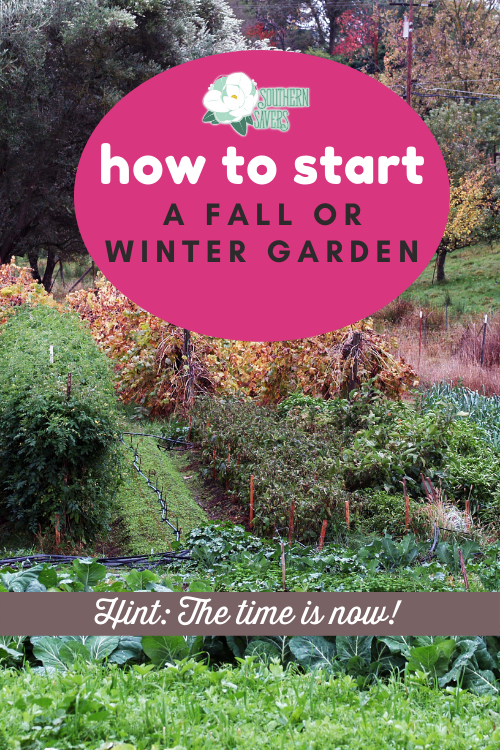This post may contain affiliate links. Read our disclosure here.
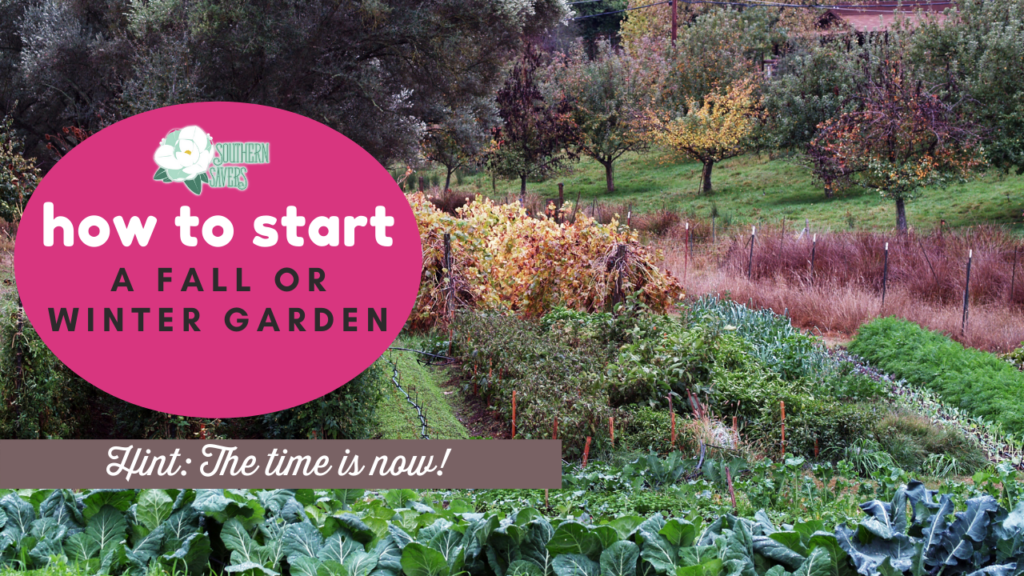
Even though where I live, it’s still hard to imagine fall or winter, if you’re thinking about gardening in cooler weather, you need to start planning now.
Many people do spring gardens, while fall and winter gardens are less common. But in the South, because the ground rarely freezes, you can grow vegetables almost all year long due to the extended planting season.
I’m going to give you all my best tips on how to start a fall or winter garden, depending on what you want to plant. And I’d love to hear about your experience in the comments!
How to Start a Fall or Winter Garden
Consider your location
I’m coming from the perspective of living in the South, but if you live in a radically different climate, the potential for a fall or winter garden may not be the same. Even if you are in the South, there are different planting zones that will tell you when to start seeds and transplants for the best outcomes.
You can find good estimates for planting specific crops by visiting the website of The Old Farmer’s Almanac and entering your ZIP code.
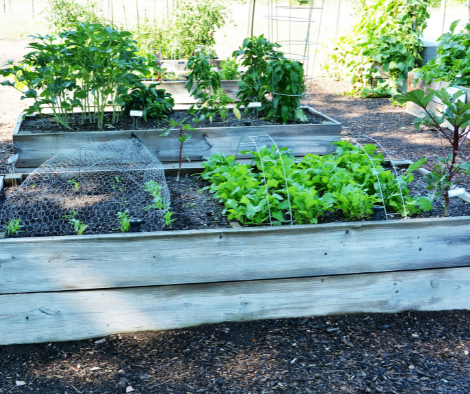
Plan your garden beds
The next step is to plan out your garden beds. I love raised bed gardens. You’ll need to research how much space each plant you desire needs so you know how many you can plant in one raised bed. Some plants only need a little room to thrive; others need a lot. You can also garden in other kinds of containers.
Test your soil
In order for your plants to thrive, the soil needs to have the right composition. A quick Google search including the phrase “soil test” and the name of your state will provide instructions for how to get your soil testing kit as well as how to collect soil samples. Alternatively, several companies are now offering soil testing kits and analysis through independent labs, usually for a slightly higher fee.
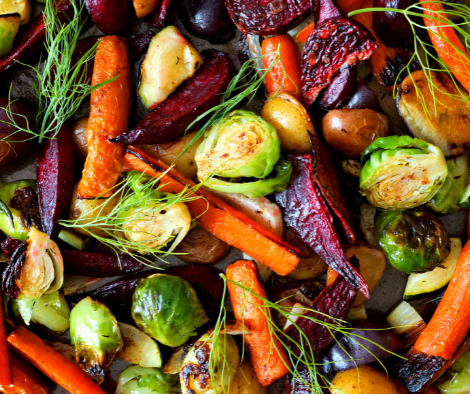
Decide what to grow
Gardening in the South provides a number of advantages. Most areas will experience a much longer growing season than those in the North, since the threat of frost ends earlier in the spring and comes later in the fall. But there are also particular disadvantages. Higher temperatures and humidity make life difficult on some plants; for example, tomatoes will survive but often cease producing fruit when temperatures are consistently over 90 degrees, especially in areas with high humidity and when temperatures don’t fall below 75 F overnight. Cool-weather crops must be planted earlier in the spring and later in the fall to avoid high temperatures, which will cause them to “bolt” or go to seed before producing edible crops. And we also have unique pressure from fungal diseases and insect pests that threaten to destroy plants before they produce anything edible. For more success, you can research plant varieties labeled as “heat tolerant,” “disease resistant,” or “slow to bolt.”
Some good fall and winter crops are onion, garlic, spinach, beets, broad beans, cabbage, carrots, kale, winter squashes, broccoli, chard, and peas. Or check my list of 10 easy plants for a home garden.
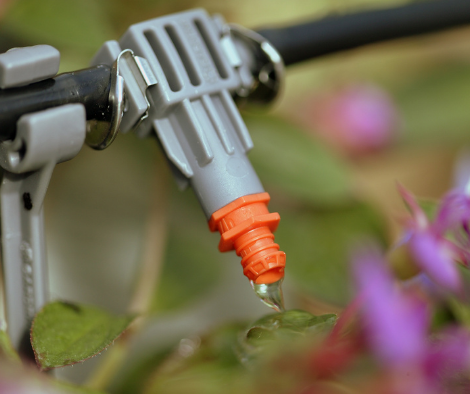
Decide on a watering system
You can go the old fashioned way of watering with a hose manually or a sprinkler, but one idea is to use drip irrigation. The investment up front is not insignificant, but it will save you money (and time) in the long run. Either way, make sure your garden bed has easy access to water.
Prepare your soil
Once you have your beds and watering system planned, you’ll want to prepare the soil. If you’re planting in an area where grass or weeds have been growing, it’s worth the time and effort to kill anything that might compete with your garden. This can be done by spraying herbicide or, if you have some time, laying down unwaxed cardboard that will smother anything growing underneath. It’s (almost) always a good idea to add organic matter, that is, the byproduct of living material that has broken down. Compost and/or manure can be spread into a layer 2-4″ thick and then dug or tilled into the ground. Depending on what you’re growing and the condition of your soil, it may be necessary to incorporate other amendments like lime or soil acidifier that raise or lower the pH of the soil. Certain plants like blueberries or gardenias require very acidic soil and won’t thrive in average garden soil, and it’s easier to incorporate amendments before plants are in the ground. Lastly, almost all plants benefit greatly from the use of a mulch like pine straw, shredded bark, or shredded leaves, which regulate the temperature of the soil and help retain water.
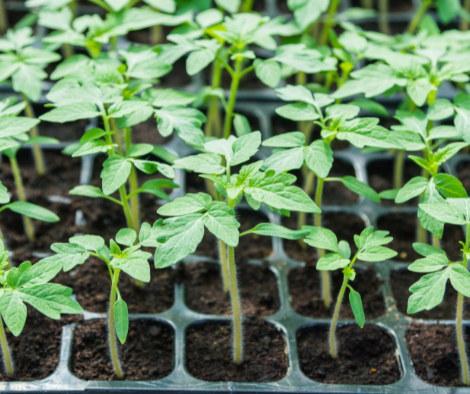
Start seeds or buy transplants
Most big-box hardware stores like Home Depot or Lowe’s will have a good selection of common garden seeds available throughout the growing season. For specific varieties, or for more unusual plants, a number of excellent seed-sellers offer online purchasing and shipping. Some are national, while others are targeted toward your specific growing region. I really love Johnny’s Selected Seeds, which offers seeds for vegetables, fruits, herbs, and flowers at good prices. For more exotic and unusual varieties, check out Baker Creek Heirloom Seeds.
Big-box hardware stores will offer a selection of transplants available throughout the growing season. Note, though, that because they’re national companies, they will often put out transplants before the ideal planting time, so always do your homework to see when to plant a given crop in your area. Alternatively, you can visit an independent nursery or garden center in your area, where the staff are likely able to give specific tips for your area.
Plant your seedlings and transplants
Before you put them in the ground, you’ll want to get your plants used to the outdoors. This should be done over a period of 1-2 weeks to make sure you don’t shock your plants. Here’s a guide to this process, known as “hardening off.”
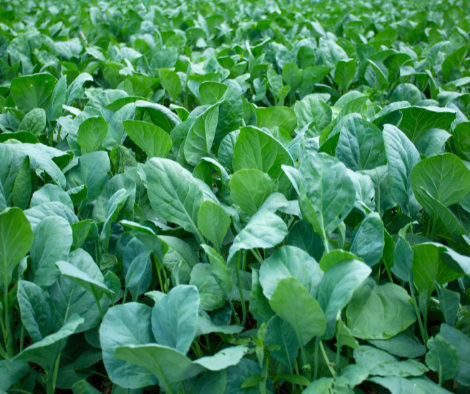
Reap the harvest!
Now it’s just time to wait, while in the meantime watering and fertilizing your plants as needed.
It’s August, which means that you’ll want to go ahead and do some of these first steps so that you can start seedlings indoor, if that’s the route you’re going to take. Planning and prep now will pay off many dividends in the future!
